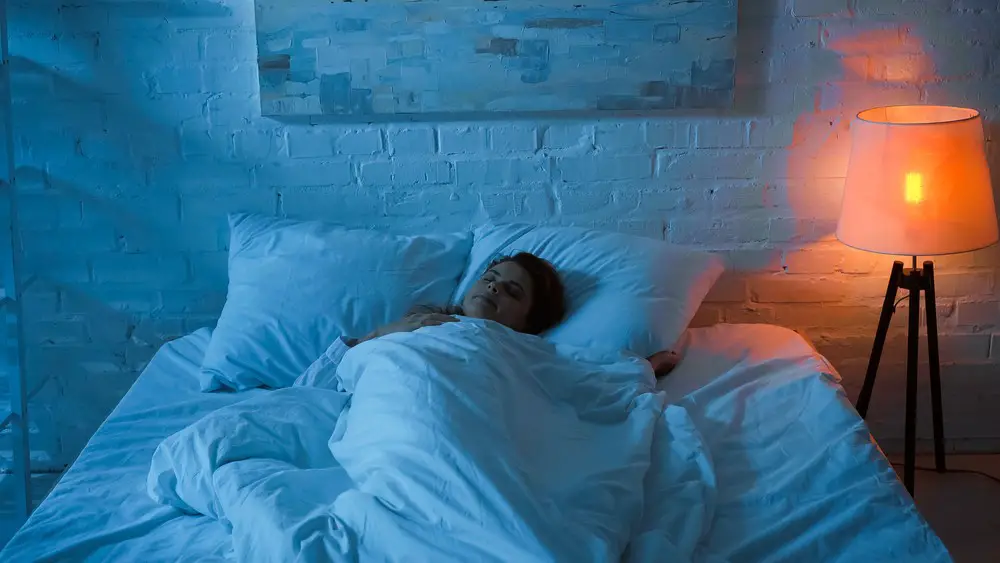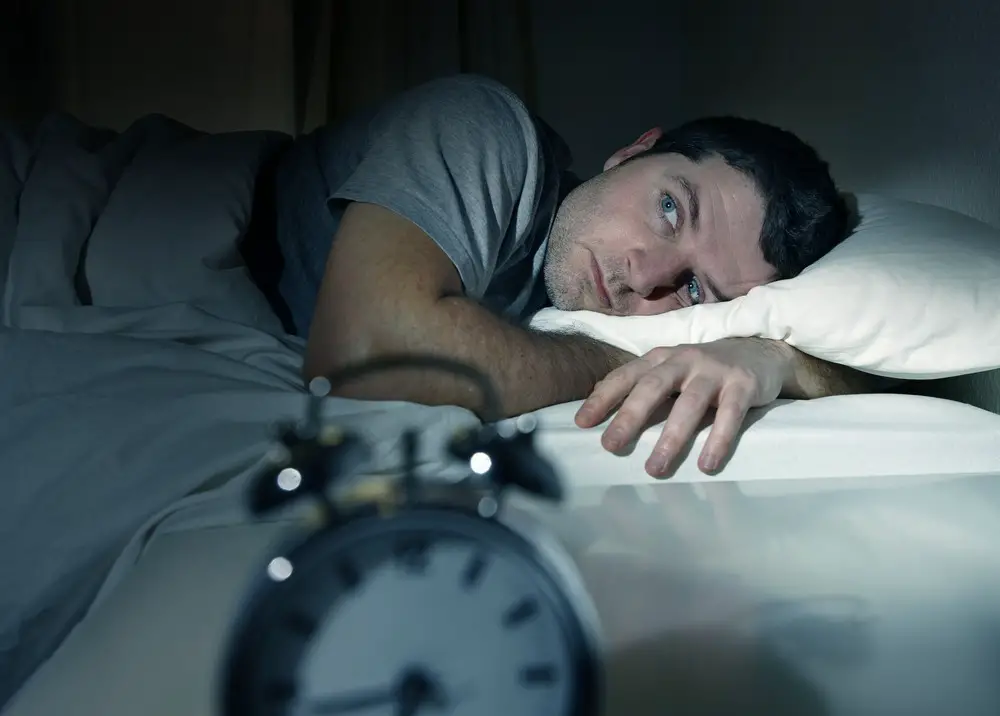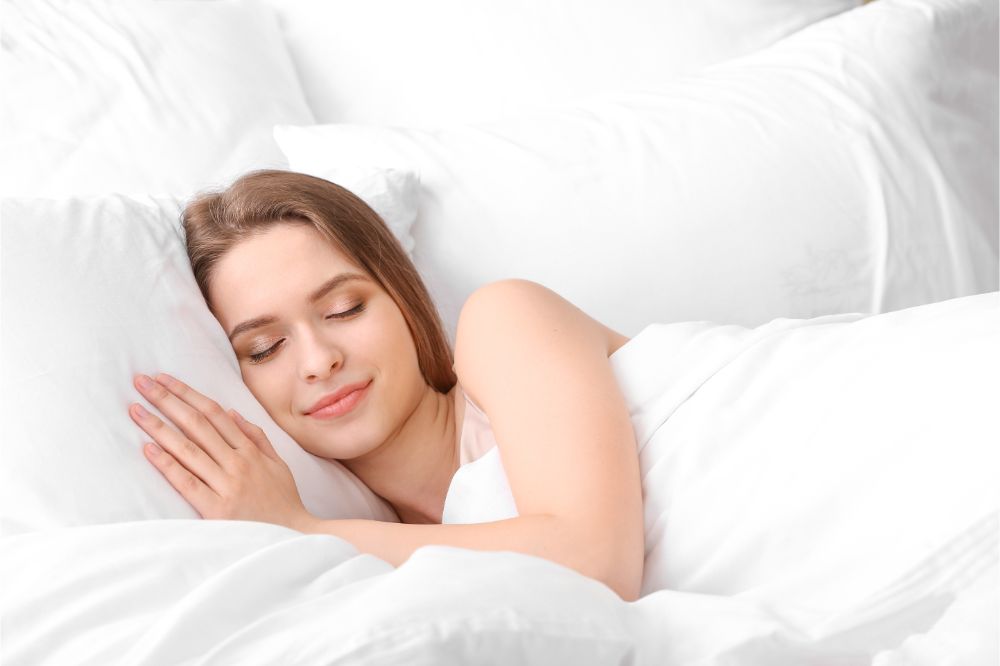As a BetterHelp affiliate, we receive compensation from BetterHelp if you purchase products or services through the links provided
Are you having trouble sleeping? Do you feel like you’ve tried everything, but nothing has worked? If so, you’re not alone. Millions of people around the world experience sleep problems of some kind.
There are many potential causes of sleep problems, including stress, anxiety, noise, light, and uncomfortable bedding. This comprehensive guide will explore one potential cause of sleep problems: light. We’ll discuss the different types of light, how they can affect your sleep, and the best ways to reduce or eliminate light exposure before bedtime.
We hope this guide will help you get the rest you need and improve your overall quality of life.
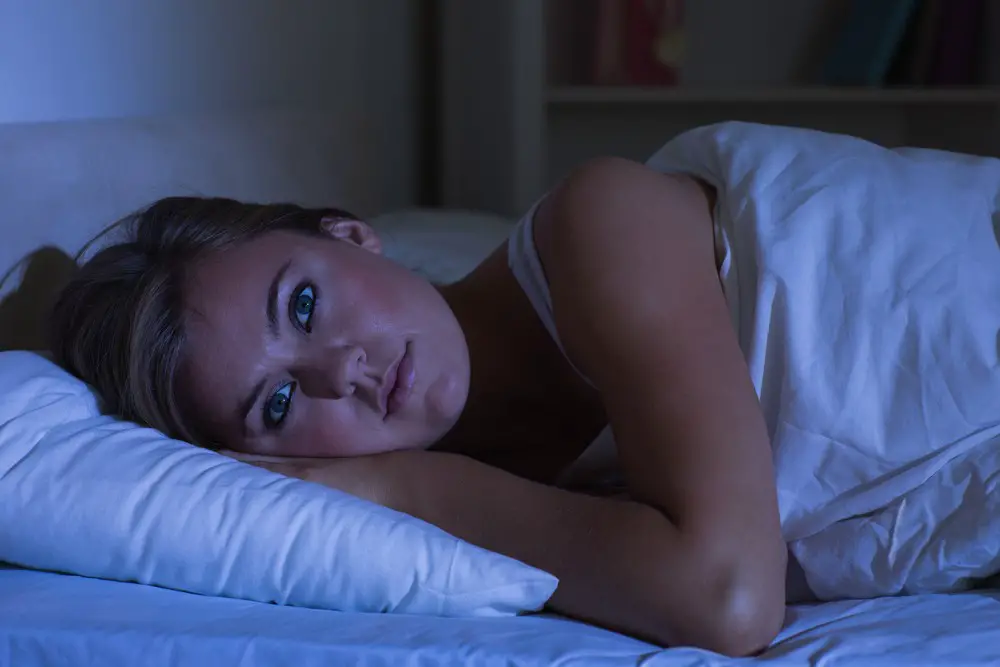
Do Some Types Of Light Improve Your Sleep?
Different types of light can help improve your sleep. LED lights are a popular choice for people who want an easy way to get a good night’s sleep. Some lights help reduce stress, while others promote relaxation and better sleep quality.
It’s best to select a light that is comfortable for you and won’t interrupt your sleep cycle. If you are having trouble sleeping, try using a light that emits red or yellow wavelengths. These lights are the most effective at improving sleep quality.
Red and yellow lights have been shown to reduce stress and promote relaxation. One study found that red and yellow light exposure can help people with anxiety disorders sleep better.
If you are having trouble sleeping due to stress, we recommend trying a light that emits these wavelengths. You may find that it helps you relax and get a better night’s sleep.
Best Colors Of Light For Sleep
Many colors of light can help you get a good night’s sleep, so it’s essential to find the right one. You might find that you have to experiment with different colors to be able to find what sets you off soundly.
Red Light
Red light is beneficial for sleep quality. It is a natural stimulant that can help you fall asleep faster.
Red light therapy devices emit red light into your room when you are sleeping, and this is the best wavelength for regulating your body clock and promoting sleep. For best results, use red light therapy before bedtime.
Amber Light
Amber light has been proven to help people fall asleep faster and get a better night’s sleep. It is recommended that people use amber light for half an hour before bedtime.
Amber light helps people fall asleep because it relaxes the eyes and signals the body to start producing melatonin, the hormone responsible for making people feel tired. When used correctly, amber light can be an effective way to improve your sleep quality.
Green Light
Some people find that sleeping with a green light bulb helps them to get a better night’s sleep. This is because the color green is considered to have a calming effect, which can, in turn, help to reduce stress and anxiety levels.
If you find that you have a busy mind when trying to fall asleep and can’t seem to wind down, then using green light in your sleeping environment could be extremely helpful.
Worst light choices for sleep
Several types of light are best avoided before bedtime to get a good night’s sleep. Bright, artificial lights, including the blue light emitted by electronic screens, can disrupt your body’s natural production of melatonin and make it difficult to fall asleep.
Likewise, outdoor lights can be disruptive if you’re trying to sleep earlier than usual. Suppose you’re looking for ways to improve your sleep quality; avoid using any of these lights in the hours leading up to bedtime.
White Light
White light is particularly harmful because it stimulates the release of cortisol and adrenaline, which keep us alert and make it difficult to relax and drift off. In addition, exposure to white light before bed can disrupt our natural circadian rhythm, leading to problems such as insomnia and fatigue. So if you’re looking for ways to improve your sleep quality, avoiding white light is an excellent place to start.
Blue Light
Blue light can be a bad choice for sleeping because it disrupts the natural sleep cycle. When looking at a device that emits blue light, like a smartphone or laptop, your brain gets mixed signals about what time it is. This can cause you to have difficulty falling asleep and staying asleep.
There are ways to help block blue light from entering your eyes. You can use a device called a “blue blocker,” which is a pair of glasses that blocks out blue light. Or, you can change the settings on your devices so that less blue light is emitted.
Either way, it is essential to ensure that you are not looking at any devices with blue light near bedtime.
Purple Light
When getting a good night’s sleep, using purple light is not the best option. This is because it can be too stimulating, making it difficult to relax and fall asleep.
In addition, it can also increase alertness, making it tougher to get the quality slumber you need. So if you’re looking to catch some z’s, avoid using this hue in your bedroom.
What are the benefits of using colored light for sleep?
There are many benefits to using colored light for sleep.
First, it can help you relax and fall asleep faster. Colored light has also been shown to improve sleep quality by improving mood.
Getting a proper night’s sleep will help you feel refreshed when you wake up because your body has the rest it needs. You will likely have an improved mood throughout the day and generally in your day-to-day life, making it easier to tackle whatever life throws.
Getting the right amount of sleep will also improve your physical health as well as your mental health. When we are asleep, it gives our bodies time to rest and reset from the day. Our immune systems will improve, making us less susceptible to illness.
What are some other tips for improving your sleep quality?
1. Reserve the bedroom for sleep and sex and create an environment that promotes relaxation.
2. Establish a regular sleep schedule and stick to it as much as possible.
3. Avoid working or using electronic devices in bed.
4. Keep the bedroom dark, quiet, and cool.
5. Get up and move around every few hours to keep your body active and energized.
Final Thoughts: Why The Correct Light Helps You Sleep Better
There are many reasons why the correct light can help you sleep better.
One reason is that exposure to blue light in the evening can suppress the production of melatonin, a hormone that helps regulate sleep. Another reason is that exposure to bright light in the morning can help synchronize your internal body clock and improve your mood.
By using lamps with the correct light spectrum, you can help regulate your body’s natural sleep rhythm and get a better night’s sleep.
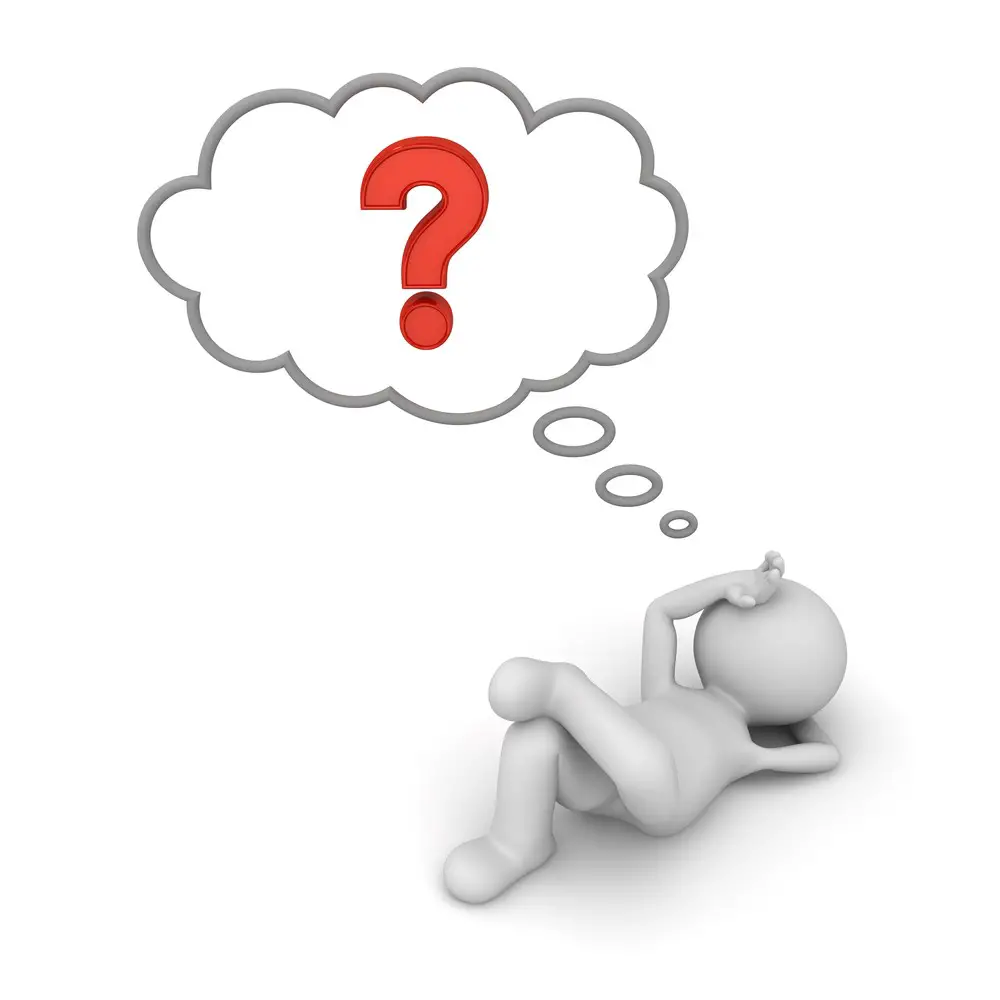
- 3 Ways Wearing a Hat Can Help Lower Your Stress Levels - April 19, 2025
- Breaking the Silence: Why Men’s Mental Health Matters More Than Ever - April 15, 2025
- How to Transform a Home’s Patio Space into a Relaxing Space - March 23, 2025
This site contains affiliate links to products. We will receive a commission for purchases made through these links.

